How to Build a Brand from Scratch and Earn Trust from Day One
Making a brand means doing more than just picking a title or planning how it will look. You want people to enjoy your brand and keep it in their minds always. If you’re making a product, service, or brand, what you do in the beginning is really important. When you’re starting a brand, you should have a clear plan, not just guess.
This guide shows you how to take action. You’ll see how to choose your goal, connect with people who care, and build a brand that stays strong. Every step has things that really work, like examples and tools people use today. If you’re trying to learn how to build a brand from scratch, this will help you get going. We made this for people who are serious about doing it right the first time.
Step 1 : Define Your Brand Purpose, Values, and Mission
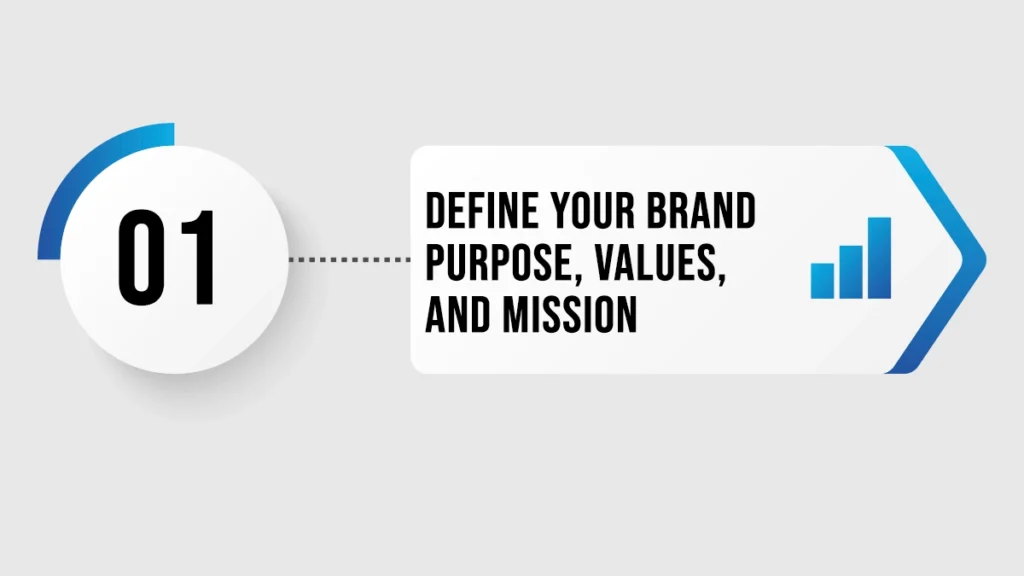
To build a brand people care about, start with a strong reason. Your brand should stand for something clear. Ask yourself: What drives you? Why does your brand exist? What do you believe in?
Simon Sinek’s Golden Circle is a helpful framework for this. He explains that successful brands start with why. His model includes:
- Why: the reason your brand exists
- How: the way you deliver value
- What: the product or service you offer
When you’re building a brand, your values become your guide. They influence how you speak, design, and make decisions. Your mission brings it all together.
A strong mission statement clearly explains:
- What you do
- Who you serve
- Why it matters
Step 2 : Identify Your Target Audience
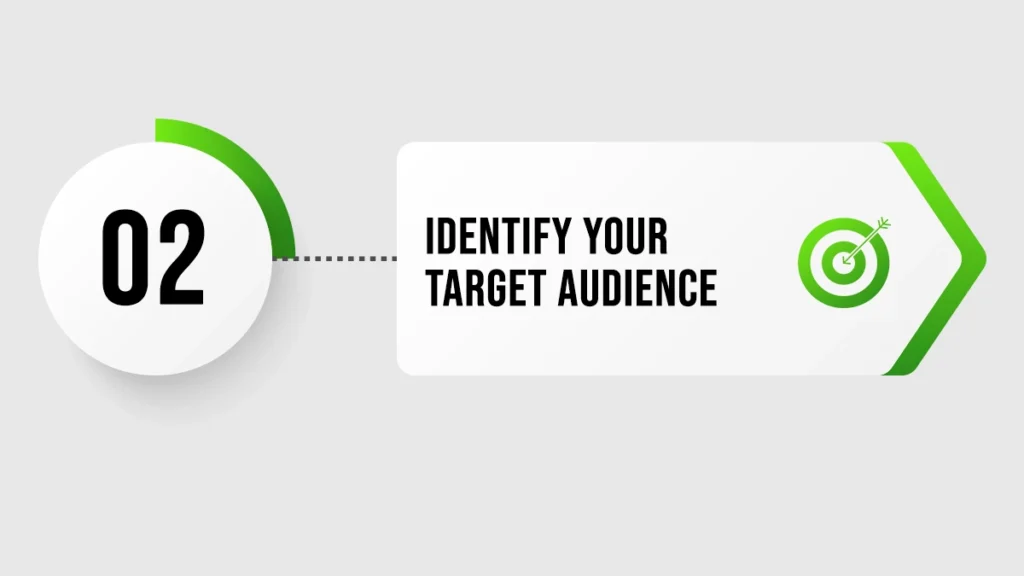
Before starting how to create a brand, find out who should hear your message. Your brand is not for every person, and that’s totally fine that way. If you choose your audience carefully, they’ll understand your brand more.
Start by building buyer personas. These are detailed profiles of your ideal customers. Include information such as
• Age range
• Gender
• Income level
• Education
• Location
• Pain points and goals
• Buying habits and behavior
To keep your data accurate, use real US-based sources. Pew Research has reliable US-based studies on consumer behavior, age groups, and interests. You can use this data to ground your personas in reality. When you fully understand your audience, every part of your brand becomes easier to build and grow.
Step 3: Do Competitive and Market Research

You need to understand your market before building a brand. Check what others are doing and make your own way to stand out. Use an easy SWOT chart to find your strengths, weaknesses, new chances, and things that could hurt your brand.
Then use a competitor gap analysis to check what your competitors are not offering. Focus on areas like
- Website design and tone
- Customer complaints and low-rated reviews
- Features or services not offered
By studying these points, you can find what people want but aren’t getting. Maybe other brands take too long to reply, or their product is hard to use. These are your chances to improve.
Building a brand becomes easier when you know what’s missing in the market.
Step 4 : Brand Positioning & Story
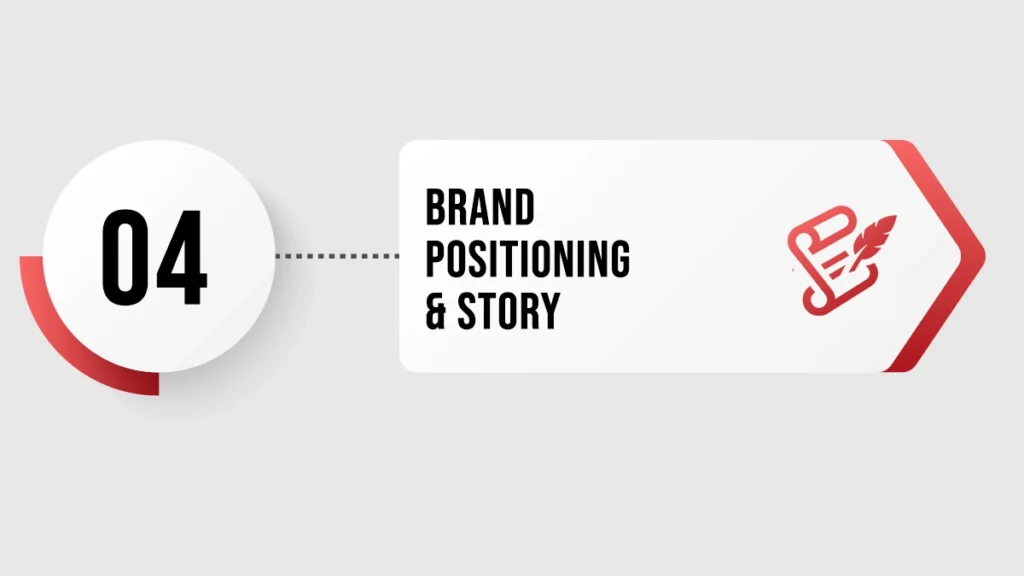
Creating a brand means you know what matters to you and why others should care too. A good statement shows who you are and why your business is not the same. Your brand story has to be honest and not hard to follow. Tell how you got started, what pushes you, and what your brand stands for today.
Ask this:
• Who is my target audience
• What makes my brand different
• What problem am I solving
These answers shape your message and build trust. Learn more with Canva’s Brand Story Guide while creating a brand that people remember.
Step 5 : Name, Tagline & Voice
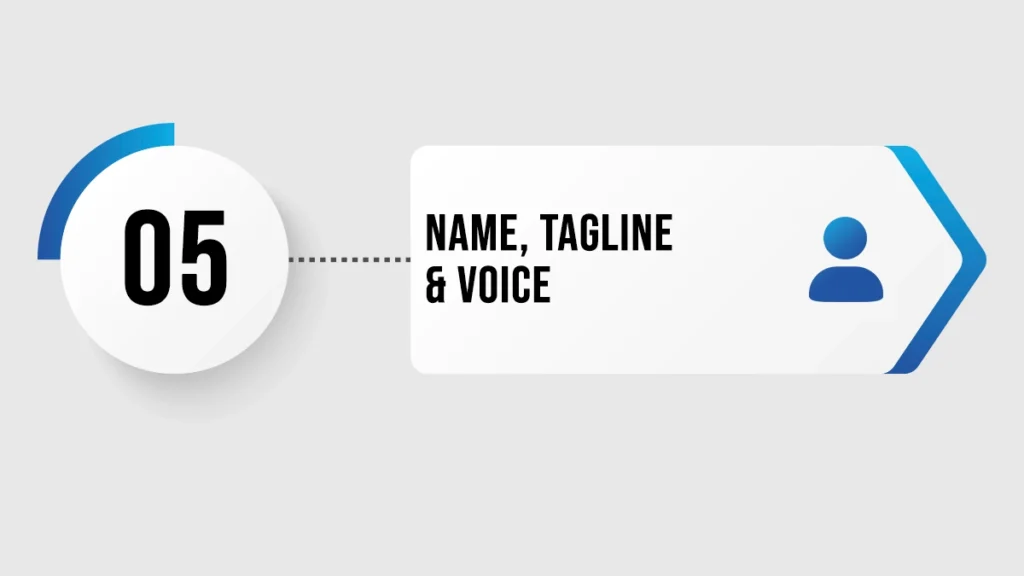
To create a brand, make sure the name is short, easy to say, and not hard to remember. It should explain what your brand is about and make sense to the people who see it. A smart name can make your brand grow quicker and stay in people’s minds.
Next, write a small message and choose how your brand should sound. Your tagline must be a short line that shows why your brand is different. Your voice is the style your brand uses to speak in all places. When your brand sounds the same everywhere, people start to trust it.
Step 6: Visual Identity
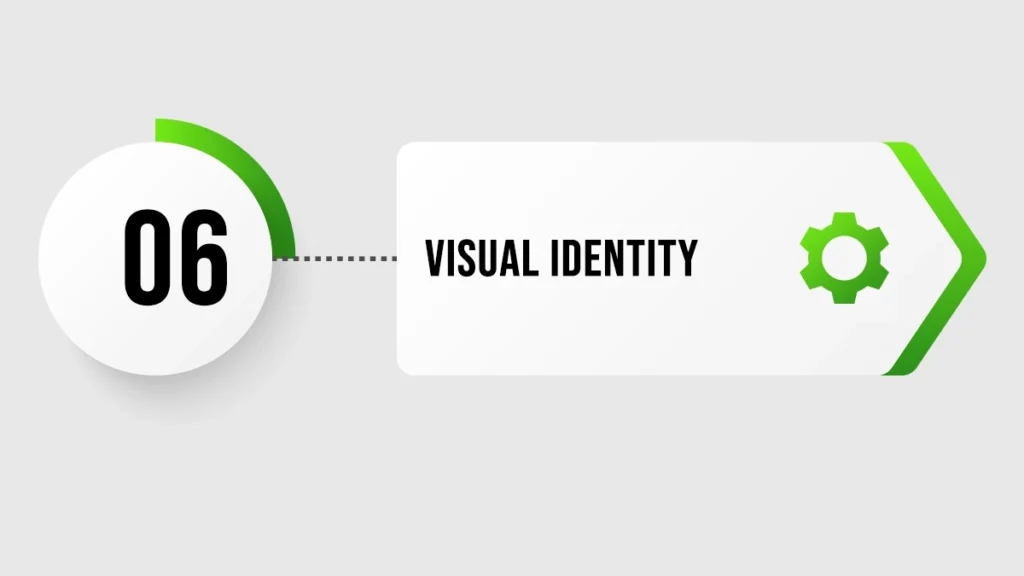
When you’re creating a brand, how it looks is the first thing people notice. Start with a logo that people can see fast and remember quickly. It should look good on your website, social media, and business cards too. A clear logo helps people remember your brand quickly.
Next, choose the colors you’ll use and the way your text will look. Pick 2 to 4 colors that match how your brand looks and feels. Then select one or two clean, readable fonts. These choices make your brand look neat and consistent. While creating a brand, keep your visual style the same everywhere so it feels professional and easy to trust.
Step 7: Brand Guidelines
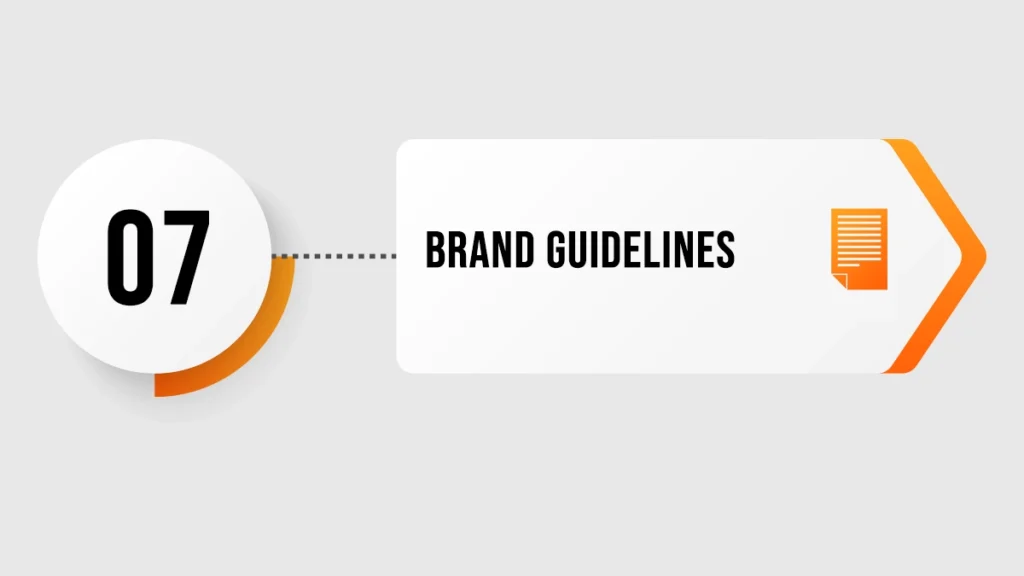
When you create a brand, you need clear rules to keep everything the same. These rules make sure your brand’s style and voice stay the same. Whether it’s your website, ads, or packaging, all parts should feel like one brand.
Your style guide should include:
- Logo usage (size, placement, spacing)
- Color codes (main and secondary colors)
- Font choices and how to use them
- Image style and tone
- Voice and writing style
Brand consistency helps people find and feel good about your brand. It makes you look strong and good at what you do. Even small changes in how it looks or sounds can confuse your audience. That’s why clear rules are helpful for everyone on your team.
Need inspiration? Take a look at Spotify’s brand guidelines. They keep everything sharp and on-brand. So, when you create a brand, set up a guide like this from the start.
Step 8: Launch & GTM (Go-To-Market)
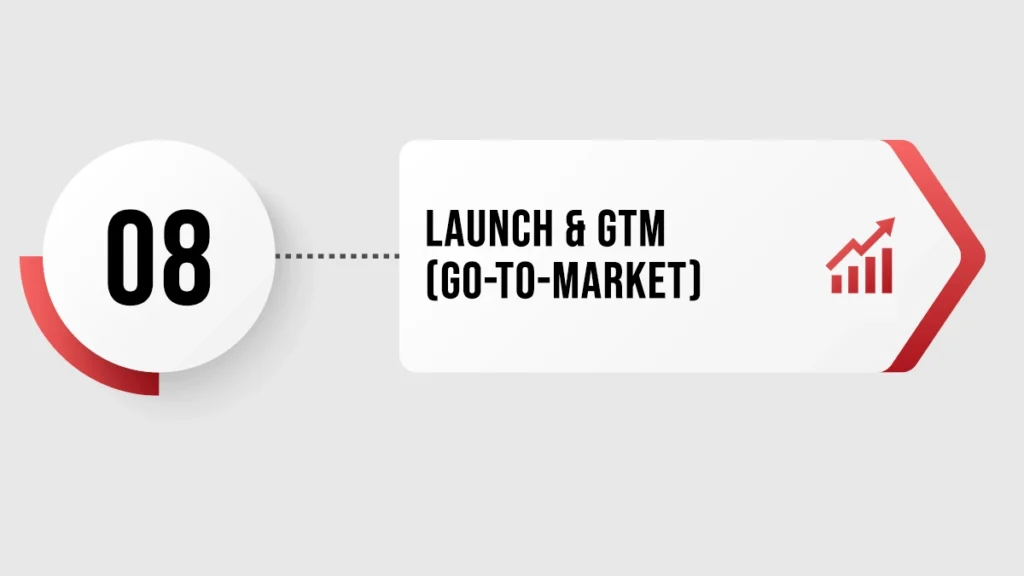
Starting a brand is only the first small step. The real power comes from how you introduce it to the world. A smart launch plan helps your brand get attention from day one.
Try a simple rollout plan to build interest before launch:
• Share sneak peeks or short videos on social media
•Use a timer on your site to show when something ends.
• Give some users a chance to see it early.
• Send launch emails to your audience
Every step should match your tone and message. People should feel the brand right away. If you’re wondering how to create a brand that grows fast, check out our full guides on SEO for Startups and Startup Marketing Plan.
Step 9 : Content & Social
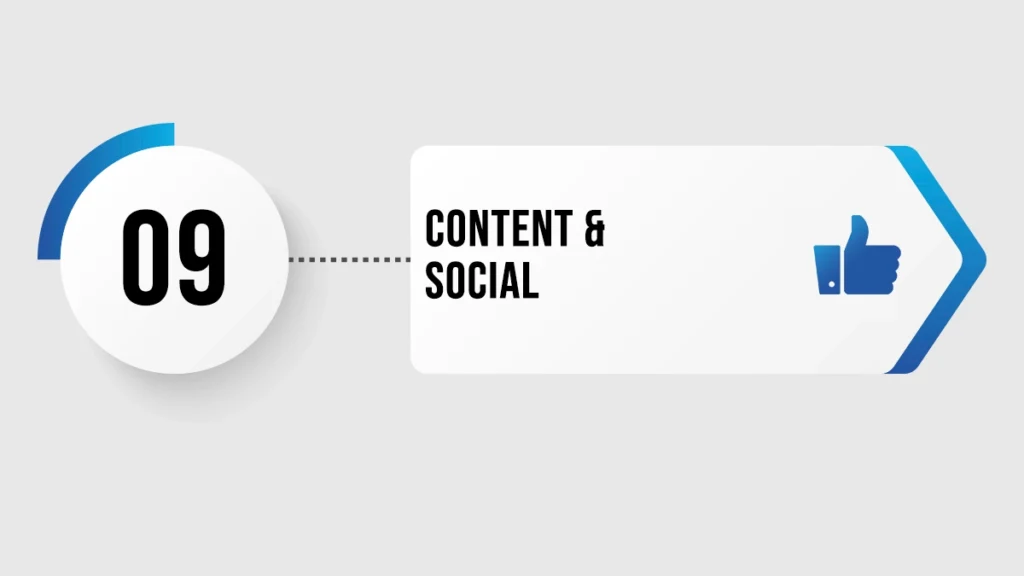
After starting a brand, you need to post clear, helpful, and regular content online. Share tips, short videos, scroll posts, or blog posts that solve problems or talk about your product. Focus on being helpful, not pushing your product. Pick one or two social platforms where your people already spend time. Post often and answer comments and messages to build a real bond.
Influencer marketing can help too. Reach out to micro-influencers who share with people like yours. Let them use your product and share honest reviews. Their followers will listen to them more than to ads. When done right, content and social media help people remember you, believe you, and buy your stuff. It’s a slow but powerful step after starting a brand.
Step 10 : Measure, Iterate & Scale
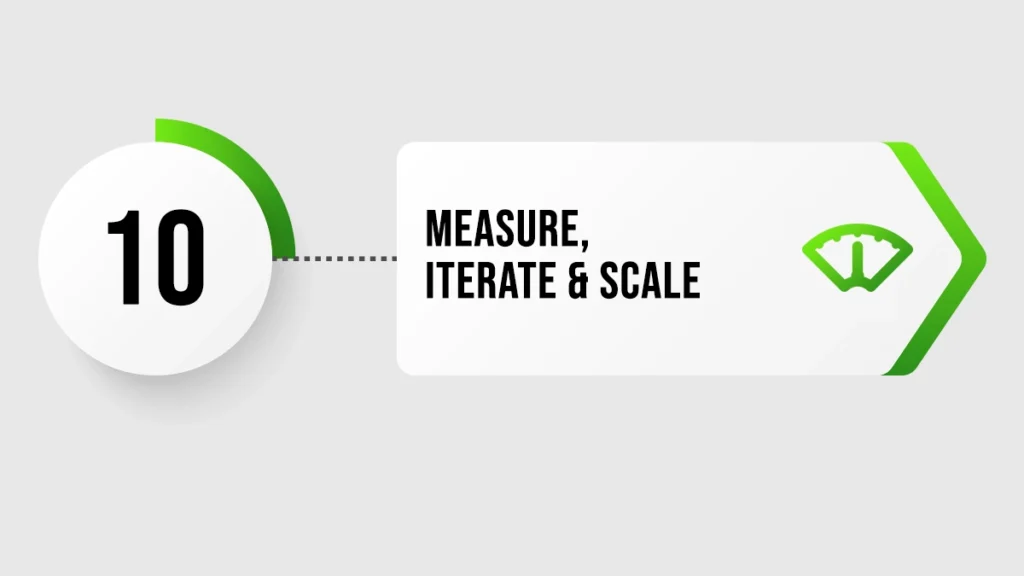
Once you create a brand, you still have more things to do. Keep checking what people do when they see your brand. Use tools like Google Analytics to see how many visit, click, or leave quickly. Look at reviews and comments to understand how others see your brand sentiment.
If people are confused or not excited, something might need to change.
You don’t always need a full rebranding. Sometimes, just a new logo, tagline, or color works. Small changes can make your brand look better and easier to understand. Keep your message simple so people get what your brand is trying to say.
Some things you need to think about:
• Track website performance
• Monitor reviews and social media mentions
• Update brand visuals when needed
To grow your brand, repeat what works. Test things and fix what doesn’t work. Trying new things can help you learn. Read more at Upwork’s Step 10 for tips on how to scale after you create a brand.
Case Studies—US Brands
Loci Sneakers, Glossier, and Beardbrand are three US-based brands that used storytelling, online tools, and freelance talent to grow fast. Each brand took a different path but focused on one main thing: building a strong connection with their audience.
Loci Sneakers
• Loci Sneakers makes shoes that are good for the planet.
• Their shoes are made from old things that can be used again.
• They care about clean design and the environment.
• Featured in Business Insider for their strong mission-driven branding.
• Used Grin to run influencer marketing that felt real and honest.
• Reached a global market in a short time through smart messaging and clear values
Glossier
• Glossier started as a beauty blog that listened to its readers.
• Readers shared beauty tips, and those ideas helped build the first products.
• The company didn’t just sell makeup; it built a community first.
• Featured in Harvard Business Review for turning reader feedback into brand success.
• Found people on Upwork to work on writing, design, and social media.
• This helped Glossier stay personal, even as the brand grew bigger.
Beardbrand:
• Beardbrand helped men take care of their beards.
• Started by sharing beard-care videos on YouTube
• Built a lifestyle brand that spoke directly to its audience
• Used Shopify to manage their online store easily
• According to Upwork, they worked with freelancers for content, video, and community building
• This helped Beardbrand grow while keeping its message strong and personal
All three brands, Loci Sneakers, Glossier, and Beardbrand, show that you don’t need a big team or large budget to succeed.
Mistakes to Avoid
When you’re creating a brand, you can forget the simple steps by thinking too much about style. Some people guess instead of finding out what their audience needs. This often leads to a weak brand that doesn’t connect with people. If your message is unclear, people won’t remember or trust you. Making promises you can’t keep can also hurt your image fast. You can find real experiences and lessons on Reddit.
Starting a brand also means being smart with money. Many people don’t plan a budget and end up spending too much at the start. This can leave you stuck when it’s time to grow. Another big mistake is ignoring feedback from your customers. Their input helps you get better. Want to keep your customers happy? Read our full guide on customer retention strategies. For financial tips in simple language, check out Investopedia.
Conclusion
When you learn how to build a brand from scratch, it’s easier to know what to do next.
You begin by choosing a good name, knowing your values, and learning who you want to talk to. Then you build trust through your design, voice, and message. Your choices help people understand your brand and remember it.
Even after you launch your brand, keep making it better. Speak with your audience, hear their thoughts, and change things a bit. Go to the places on the internet your people use. Learn how to make people love your brand and buy again in our next guide. Great brands grow when you make good choices and keep working hard.






